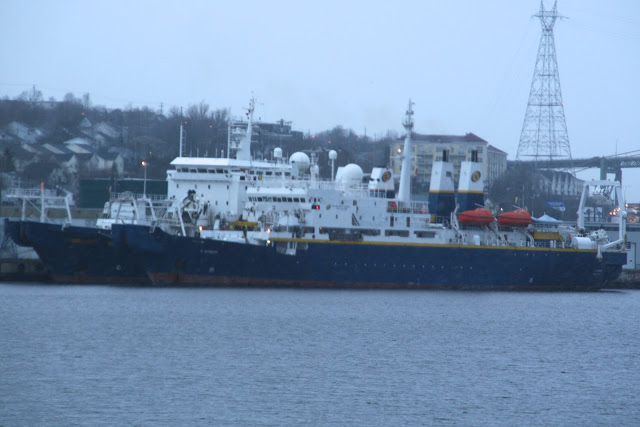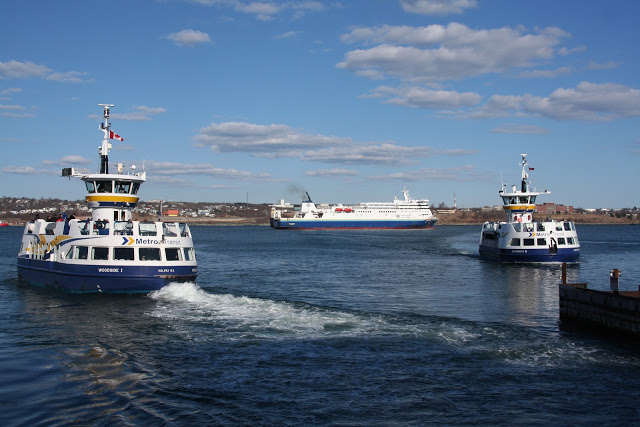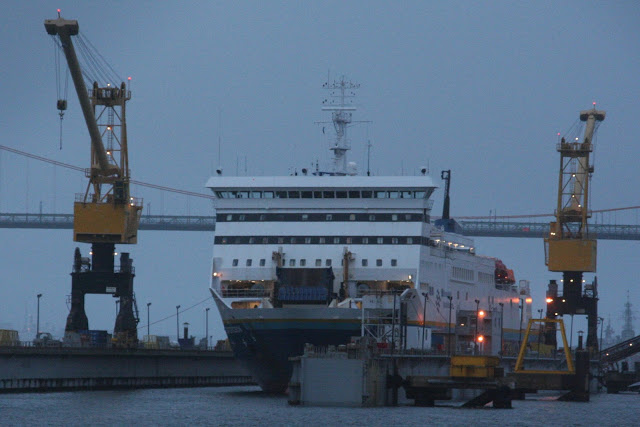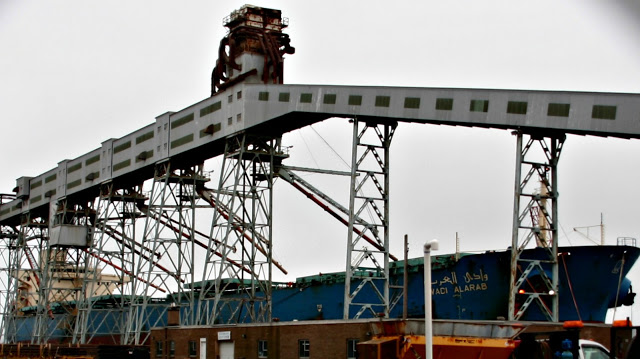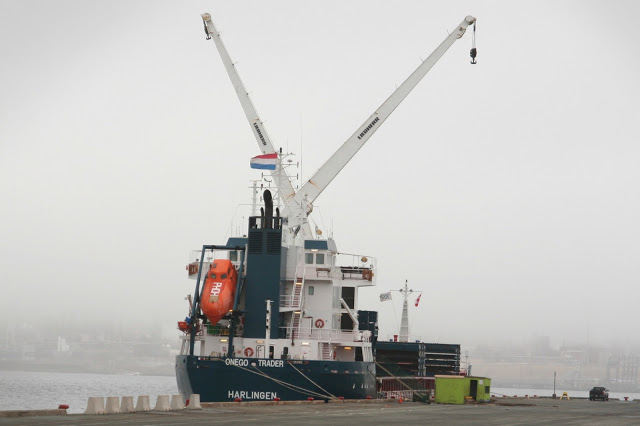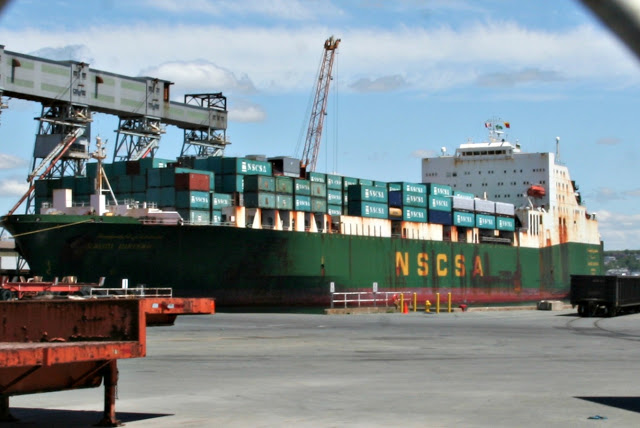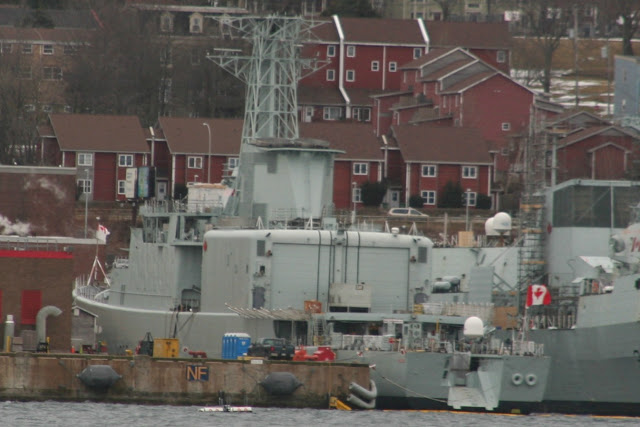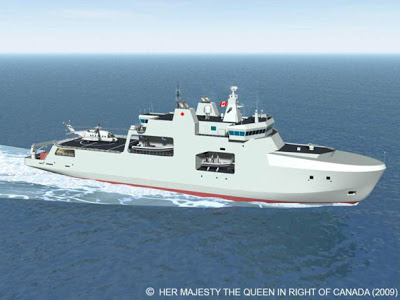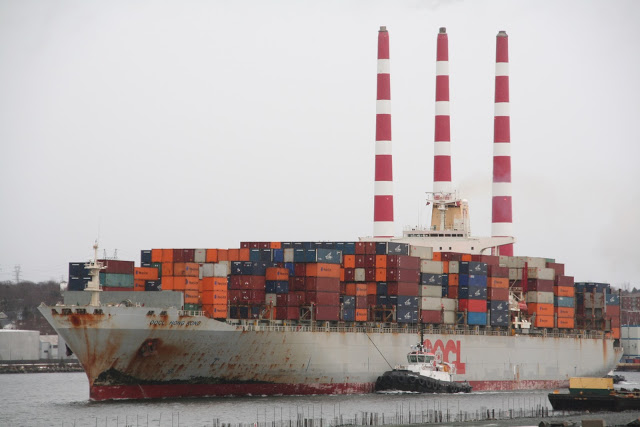The Honourable Rona Ambrose, Minister of Public Works and Government Services and Minister for Status of Women, along with the Honourable Peter MacKay, Minister of National Defence, and the Honourable Kerry-Lynne D. Findlay, Associate Minister of National Defence, today welcomed the signing of the definition contract with Irving Shipbuilding Inc. for the Arctic/Offshore patrol ships project through the National Shipbuilding Procurement Strategy (NSPS) at an announcement at halifax Shipyards.
This is the next contract signed after the ancillary one announced in July 2012 and it will be followed by a construction contract in 2015. This definition contract is a task-based contract divided into seven work packages (or tasks) that could be awarded. With this contract, Irving Shipbuilding Inc. will refine and complete the Arctic/Offshore patrol ships design to production level prior to construction in 2015. The total potential value of the contract is an estimated $288 million and it will support up to 200 jobs.
Once completed, the definition contract will enable Irving Shipbuilding Inc. to know exactly what to build and how to build it. It will ensure that once the build contract is signed, construction of the ships will begin. At the same time, work will begin on improving and upgrading the Irving Shipyard to begin full ship construction in 2015.
During the initial discussions regarding the Navy’s Arctic/Offshore patrol ships, Canada and Irving Shipbuilding Inc. agreed that the first contract should be a smaller preliminary contract, followed by a larger definition contract to complete the Arctic/Offshore patrol ships design to production level, and subsequently an implementation contract to build and deliver the ships.
This “design-then-build” approach will mitigate both technical and cost risks by reducing unknowns, and therefore risks, for the building phase. Once completed, the definition contract will enable Irving Shipbuilding Inc. to know exactly what to build and how to build it. It will ensure that once the build contract is signed, construction of the ships will begin immediately. This approach is also aligned with the NSPS, which is built upon a more collaborative and risk-sharing relationship.
On July 10, 2012, the Government announced the awarding of a $9.3-million (HST included) preliminary contract to Irving Shipbuilding Inc. Within this preliminary contract, Irving Shipbuilding Inc. reviewed the existing Canadian-developed Arctic/Offshore patrol ships design and specifications, prepared an execution strategy and delivered a proposal detailing the scope and cost of the subsequent definition contract.
Finally, on March 7, a definition contract with Irving Shipbuilding Inc. was signed. The total potential value of the contract is an estimated $288 million (taxes included). The definition contract is a task-based contract divided into seven work packages (or tasks) that could be awarded. The first two tasks have been authorized and their total value is approximately $136 million.
The definition contract will last 30 months and we are on track to start cutting steel in 2015.
The Arctic/Offshore patrol ships will be used by National Defence to conduct armed seaborne surveillance in Canada’s economic exclusion zone, including in the Arctic.
The definition contract signed with Irving Shipbuilding Inc. is a task-based contract divided into the following seven work packages (or tasks) that could be awarded. With this contract, Irving Shipbuilding Inc. will refine and complete the Arctic/Offshore patrol ships design to production level prior to construction in 2015.
- Project Management – This task will include all work required to ensure effective planning, management, execution, monitoring and control, and reporting of the definition contract work.
- Engineering Design Phase 1 – This task will include the system engineering activities, integrated logistical support analysis and supplier engagement activities that are necessary to demonstrate that the preliminary Arctic/Offshore patrol ship design meets all of the contract design specification requirements with acceptable risk and within the cost and schedule constraints.
- Engineering Design Phase 2 – This task will include the system engineering activities, integrated logistical support analysis and supplier engagement activities that are necessary to demonstrate that the Arctic/Offshore patrol ship design is a complete and integrated solution that meets all the contract design specification requirements with acceptable risk and within the cost and schedule constraints.
- Engineering Design Phase 3 – This task will include the system engineering activities, integrated logistic support analysis and supplier engagement activities that are necessary to demonstrate that the Arctic/Offshore patrol ship design is a complete and integrated solution that meets all of the contract design specification requirements and is ready for the start of vessel construction.
- Project Implementation Proposal Development – This task will encompass all the procurement, engineering, production and estimating activities required to develop the detailed project implementation proposal, including the required plans and a substantive cost for the implementation contract.
- Test Production Module – This task will include all the work required to establish and verify production processes and produce a test module prior to beginning vessel construction.
- Long Lead Items Procurement – This task will encompass all of the procurement and supply chain activities required to procure long lead items, which must be purchased prior to the start of vessel construction.
Once completed, the definition contract will enable Irving Shipbuilding Inc. to know exactly what to build and how to build it. It will ensure that once the build contract is signed, construction of the ships will begin.


